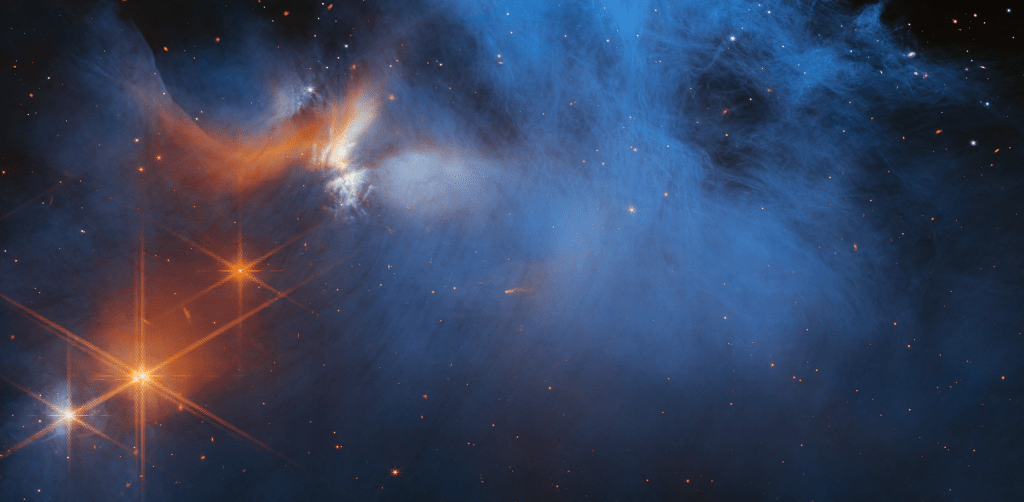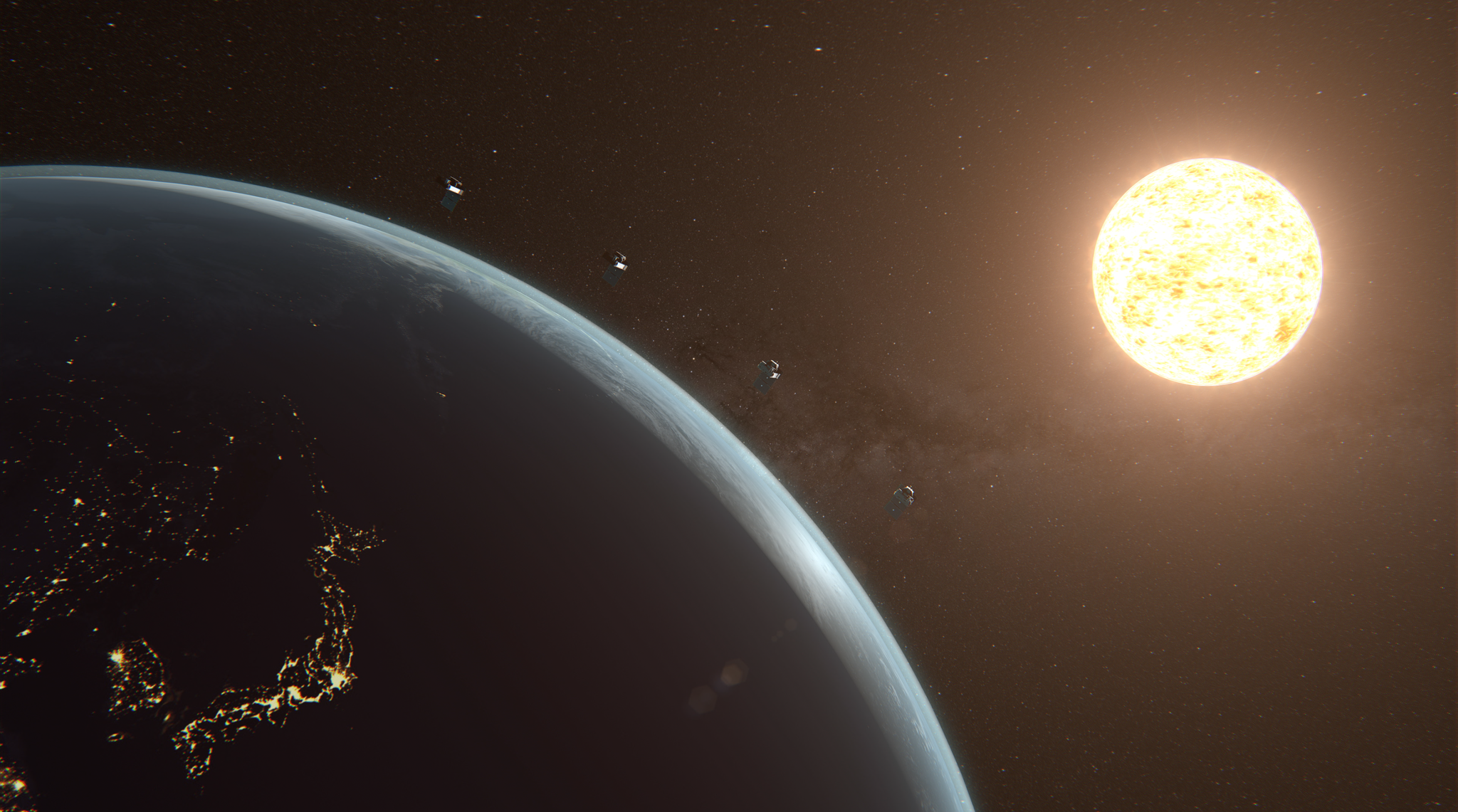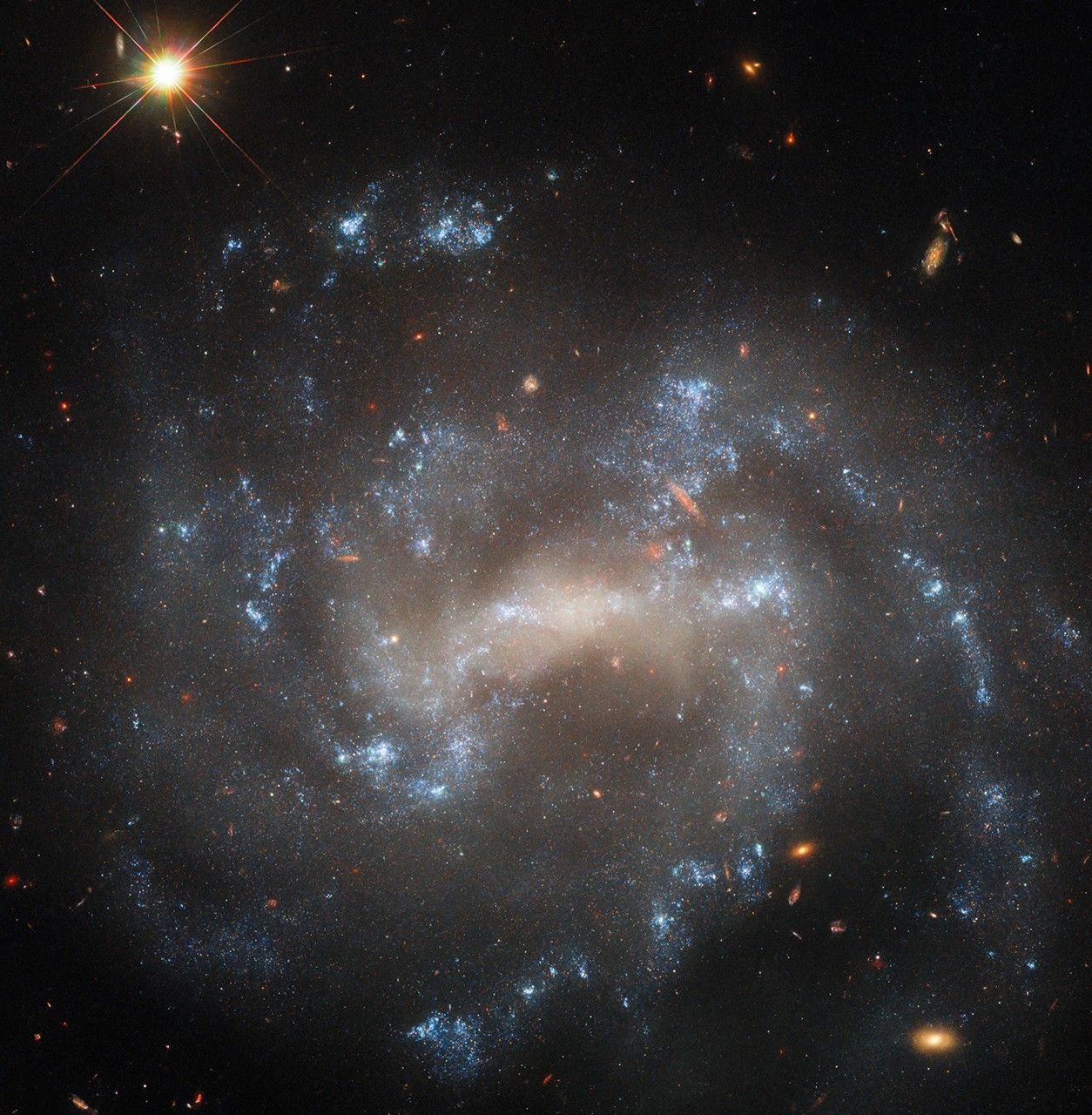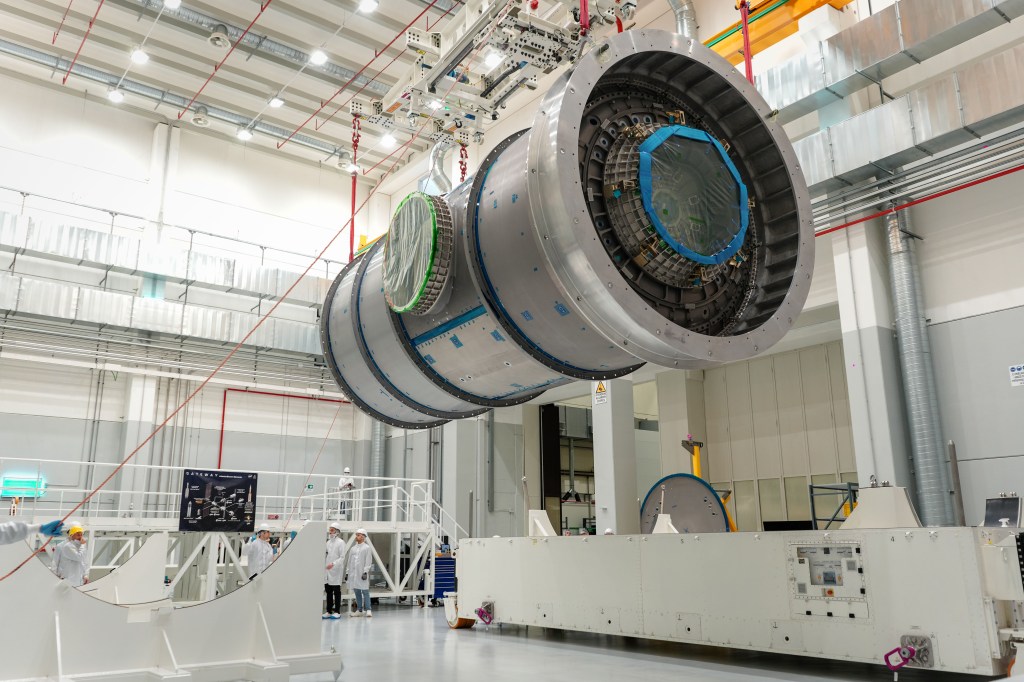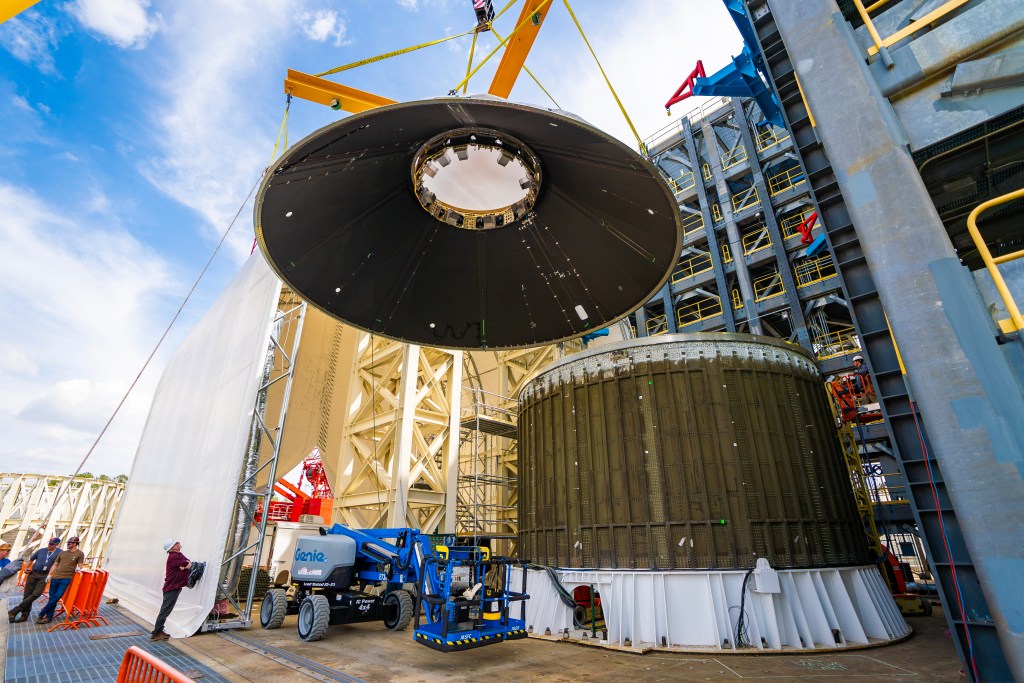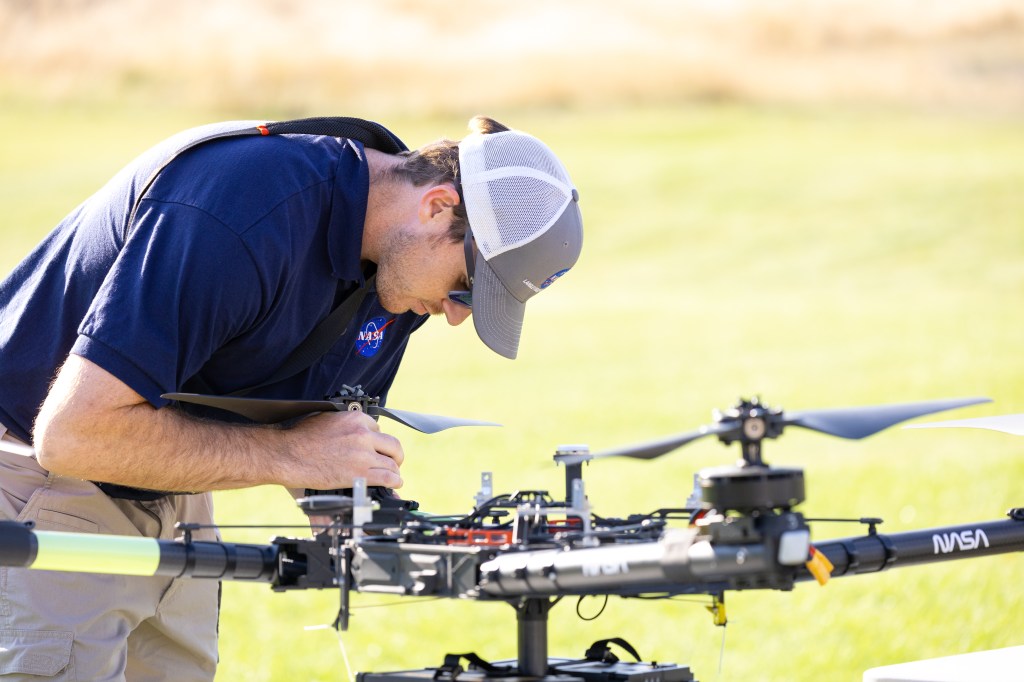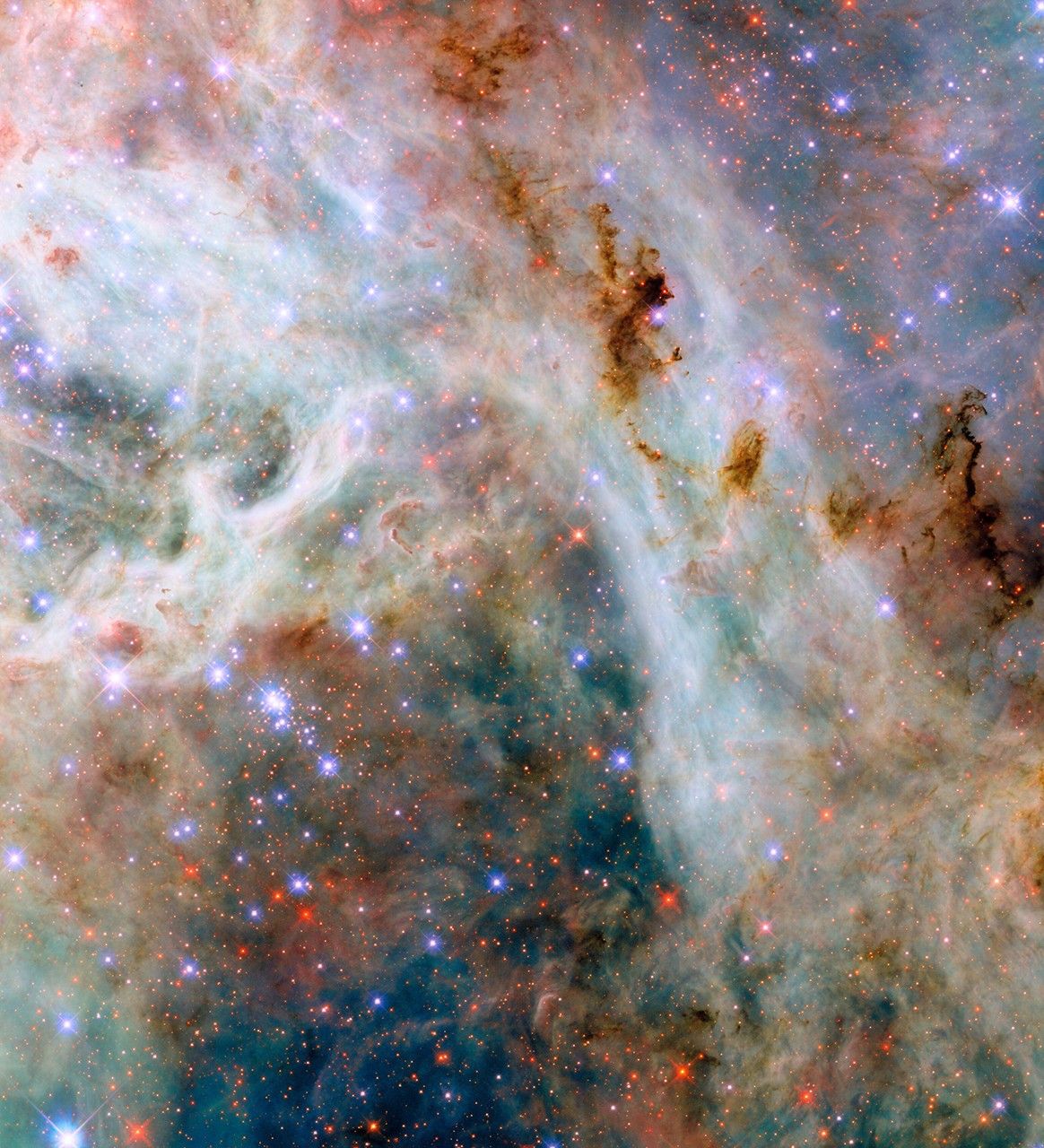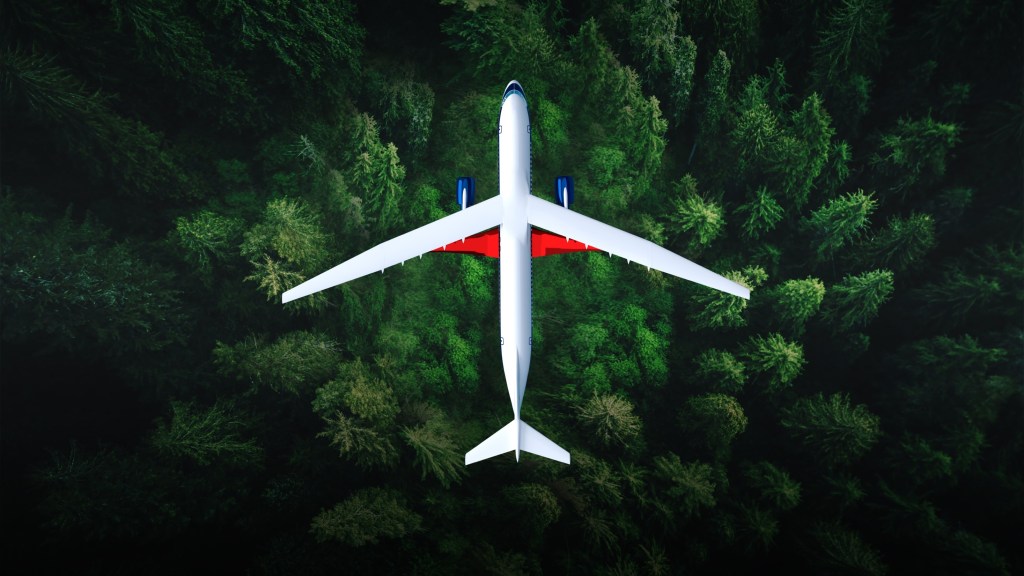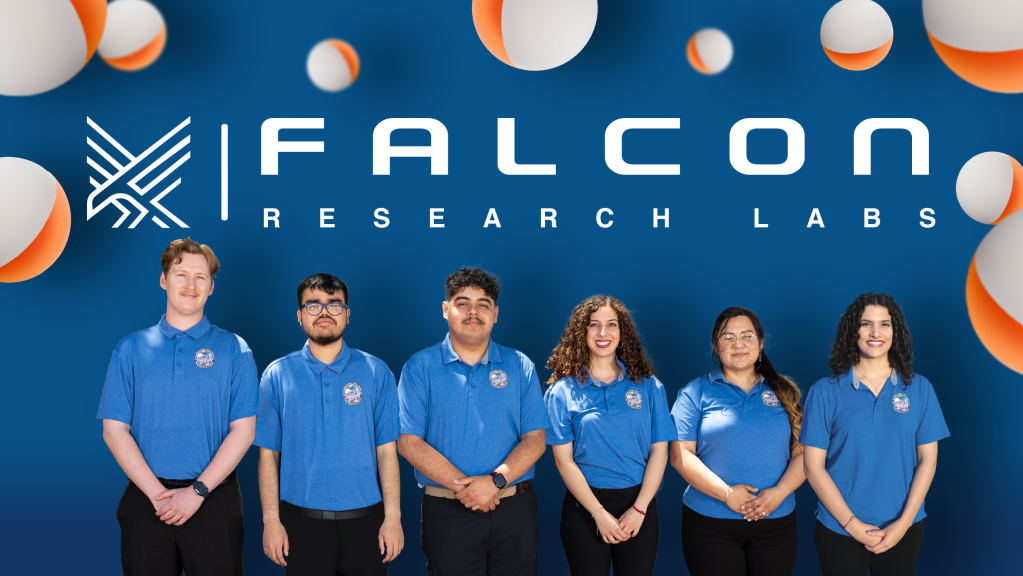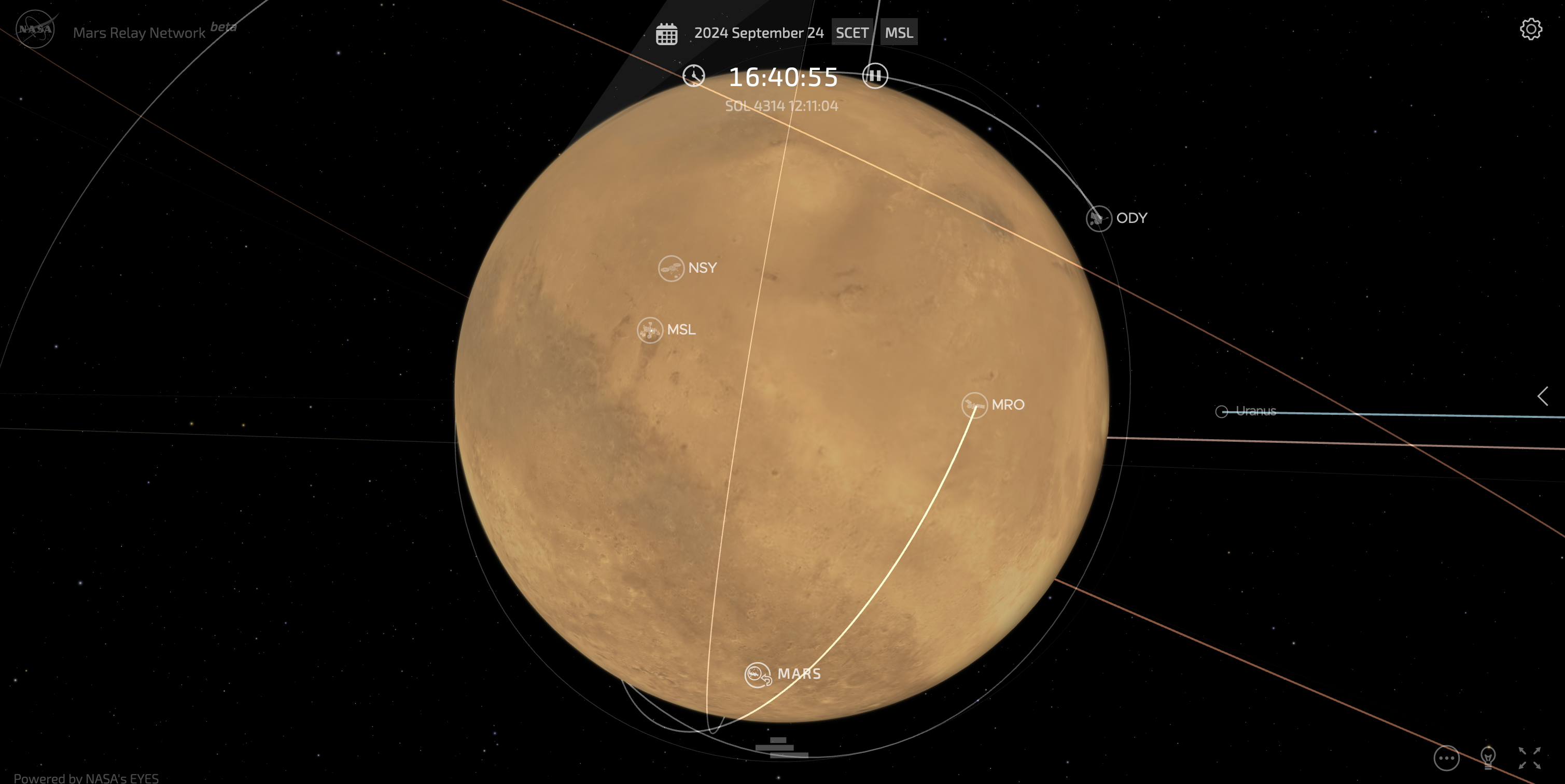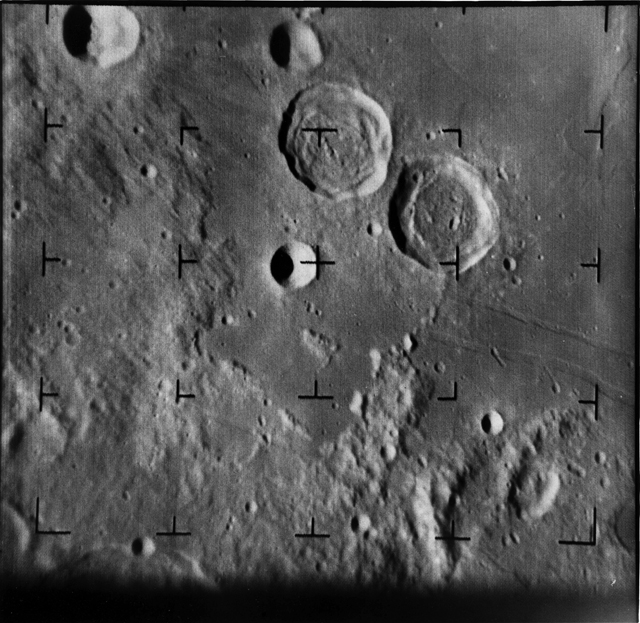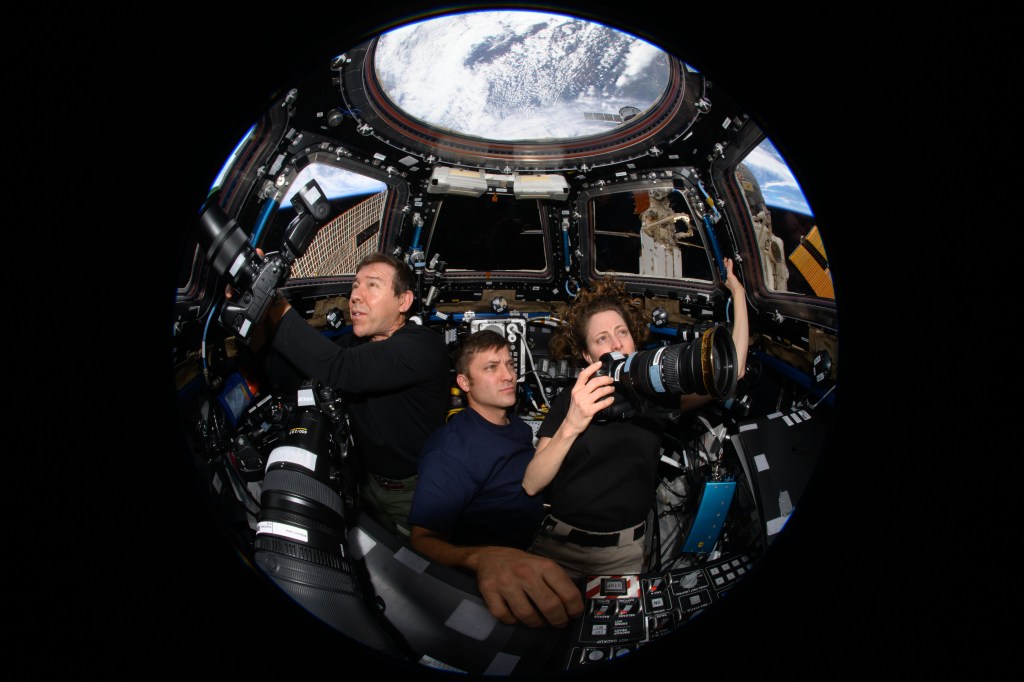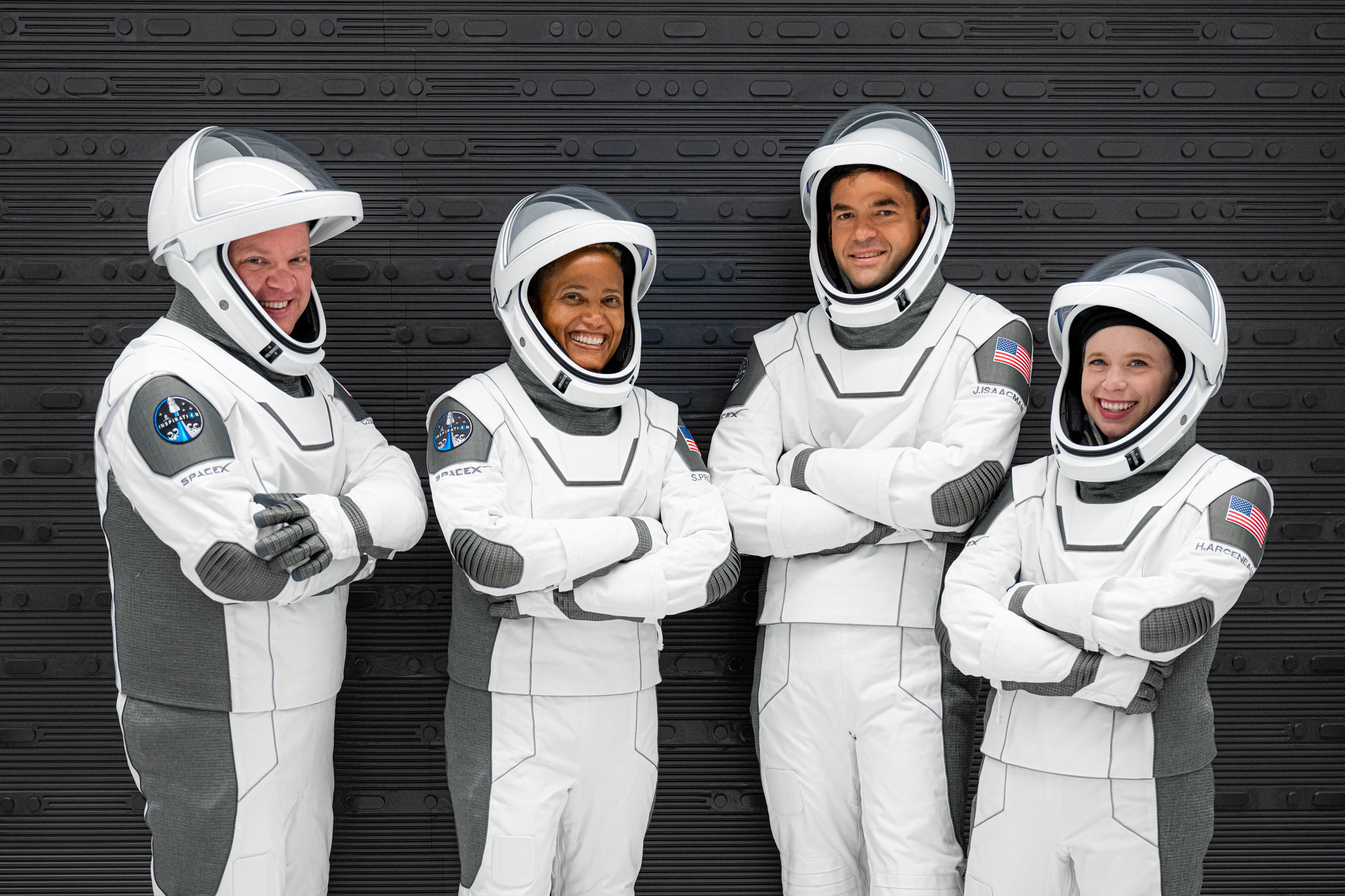A One-Stop Spot for Space Data: NASA’s Open Science Repository
Conducting research in space can deliver scientific breakthroughs not possible on Earth. But not everyone can validate their science in orbit. That’s why NASA provides researchers with access to all NASA-funded experiments ever conducted aboard the International Space Station via open science databases.
NASA’s Open Science Data Repository (OSDR) serves as a one-stop location for a variety of the agency’s space biological data. At the core of effectively managing biomedical risks is the commitment to open science principles, which ensure that data is findable, accessible, interoperable, reusable, reproducible, and maximally open.
This comprehensive open-source science model maximizes community participation in investigations and data sharing. From one flight experiment’s data, researchers could model experiments on the ground, dramatically increasing the body of knowledge.
Spanning Biological and Physical Sciences Data
Integrating the Ames Life Sciences Data Archive with GeneLab into OSDR has improved access to a wide range of life sciences research data from decades of spaceflight and ground research. Researchers can now access biomedical and clinical data, including physiological data and medical imaging.
In addition, they can examine traditional biological data using movies, microscopy, and flow cytometry, which involves analyzing changes in cells exposed to space. With GeneLab, researchers can discover space travel’s effect on gene expression at the RNA level as well as its impact on proteins in a biological system, to name a few applications.
Furthermore, they can learn how travel affects molecules in cells, tissues, and biofluids. All these measures are shown alongside corresponding mission telemetry data, fully describing the environment of these experiments.
In parallel, the NASA Physical Sciences Informatics (PSI) online database allows the community to search past and current space-based microgravity physical science experiments conducted on the International Space Station, space shuttle, free flyers, or commercial cargo flights, and related ground-based studies.
The database includes experimental data from six research areas: biophysics, combustion science, complex fluids/soft matter, fluid physics, fundamental physics, and materials science. From each research topic, researchers can access raw and analyzed data, imagery, science requirements, experiment design and engineering data, analytical and numerical models, publications, reports, patents, and commercial products developed from the research.
Allowing the science community to access and use NASA’s information is leading to better insights and faster discoveries. For instance, the repository now contains commercial astronaut health information from Inspiration4 (I4), the world’s first all-civilian mission to orbit Earth. Multiple scientific papers explore the crew’s health during their historic 2021 mission. Topics in the papers range from examining the impact of spaceflight on the human body, to predicting how viruses might spread in a zero-gravity environment.
Open-access data is fundamentally transforming our approach to spaceflight research,

Dr. Sylvain Costes
Data Officer, NASA’s Biological and Physical Sciences Division.
“Open-access data is fundamentally transforming our approach to spaceflight research,” said Dr. Sylvain Costes, former project manager of the OSDR and current data officer for NASA’s Biological and Physical Sciences Division. “This broad access is vital for discovering biological changes in space conserved across species and driving innovation across fields from astronaut health to terrestrial medical sciences.”
Enabling Citizen Science
Many of these discoveries are the results of a large citizen-science movement around OSDR. The members of the movement meet regularly and conduct collaborative research in a dynamic ecosystem. NASA formed volunteer-driven Analysis Working Groups (AWGs) to provide feedback on scientific standards for data-metadata reuse and to generate higher order data from data hosted on the OSDR.
In 2020, an AWG discovered that mitochondria, the cell's powerhouse, undergo activity changes across all analyzed tissues in both humans and mice flown on the International Space Station. This finding was validated in the I4 dataset and may drive breakthroughs in protecting astronauts from radiation during future space missions.
The AWGs and the scientific community at large have also benefited from accessing precious remaining rodent tissues from experiments conducted on the International Space Station and from ground studies simulating space radiation at the NASA Space Radiation Laboratory. For instance, to maximize the use of unique biological specimens, NASA’s Space Biology Biospecimen Sharing Program collects samples and then coordinates dissections not used in the originating investigation. Investigators can search these samples, which also can be requested from the NASA Biological Institutional Scientific Collection (NBISC). In this way, the program encourages broader participation of the research community in space biology research.
Companies also benefit from NASA open science data, helping them develop new technologies and improve existing products in applications as diverse as robotics, aerospace engineering, disaster preparedness, agriculture optimization, urban planning, and logistics and transportation.
How this benefits space exploration:
Building an open science community remains key to achieving NASA’s space-exploration goals. Sharing of software, data, and knowledge can accelerate a new understanding of spaceflight and human health in long-duration orbital missions. Also, insights into how physics and phenomena adapt to space could inform engineering advancements for exploration.
How this benefits humanity on Earth:
Making NASA’s open science data research and findings available could drive faster advancements in biomedicine on the ground, potentially improving lives with breakthroughs in areas such as cancer and genetic diseases. Scientists already credit open science, when combined with artificial intelligence, for improving understanding of natural disasters such as monitoring hurricanes and other disasters. It also lowers the barriers of entry to science.
Related Resources:
- NASA’s Biological and Physical Sciences Open Data page to link to multiple data-sharing repositories covering life sciences, life in space, biospecimen sharing, and physical sciences
- NASA’s Open Science web page
- Open Science 101, NASA’s free online training course providing a practical working knowledge of open science
- OSDR News page, OSDR’s latest news stories about OSDR and Open Science
- I4 Mission Datasets - NASA
- Inspiration4 web page
Latest Content
Stay up-to-date with the latest content from NASA as we explore the universe and discover more about our home planet.

Journey into the quantum realm with Paul Rudd! The “Ant-Man and the Wasp: Quantumania” actor and NASA quantum physicist Ethan…
NASA’s Science Mission Directorate (SMD) announces the release of its annual omnibus solicitation for basic and applied research, Research Opportunities…

From its origin during NASA’s Apollo missions, digital twins today drive everything from personalized medicine to autonomous operations in space…

